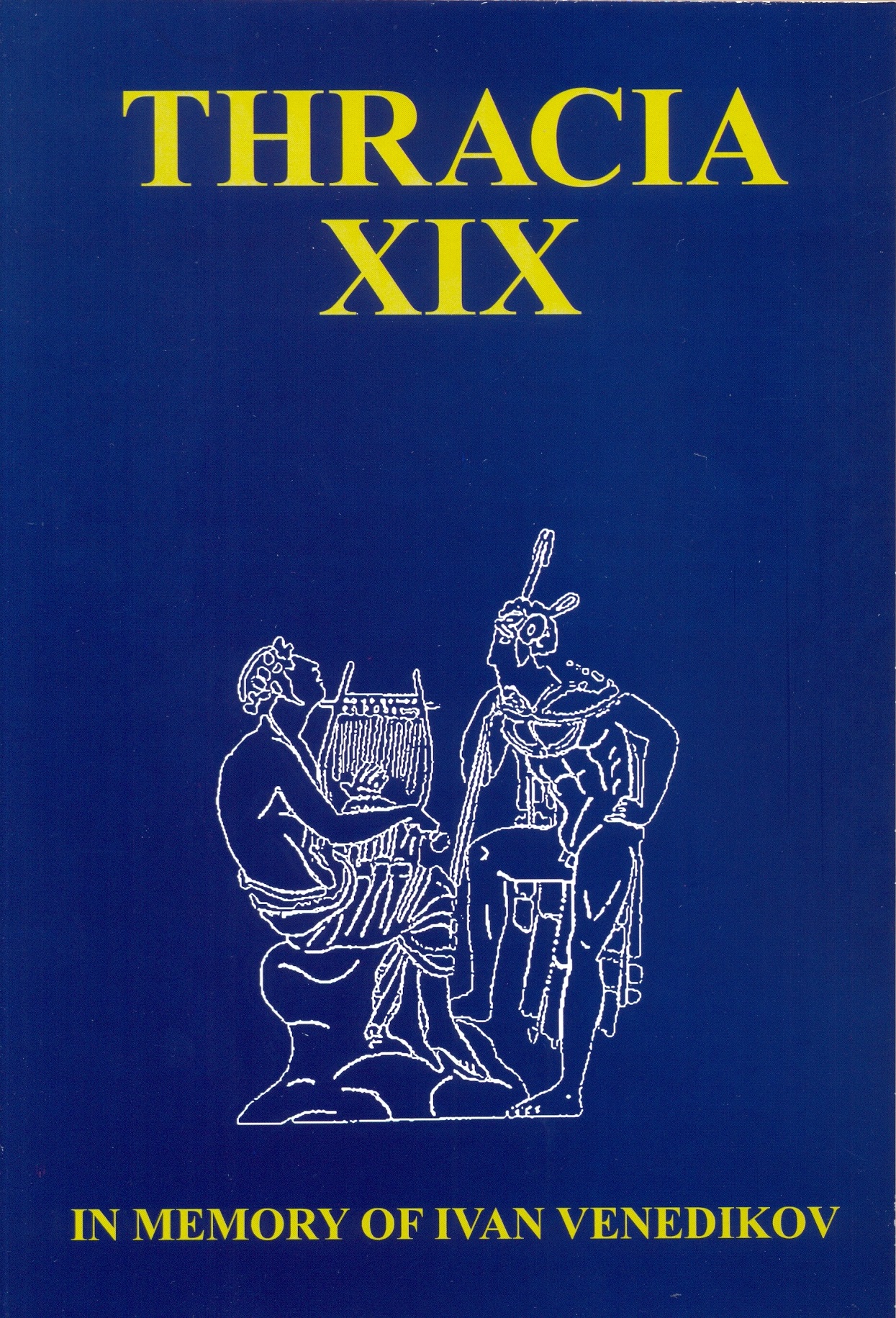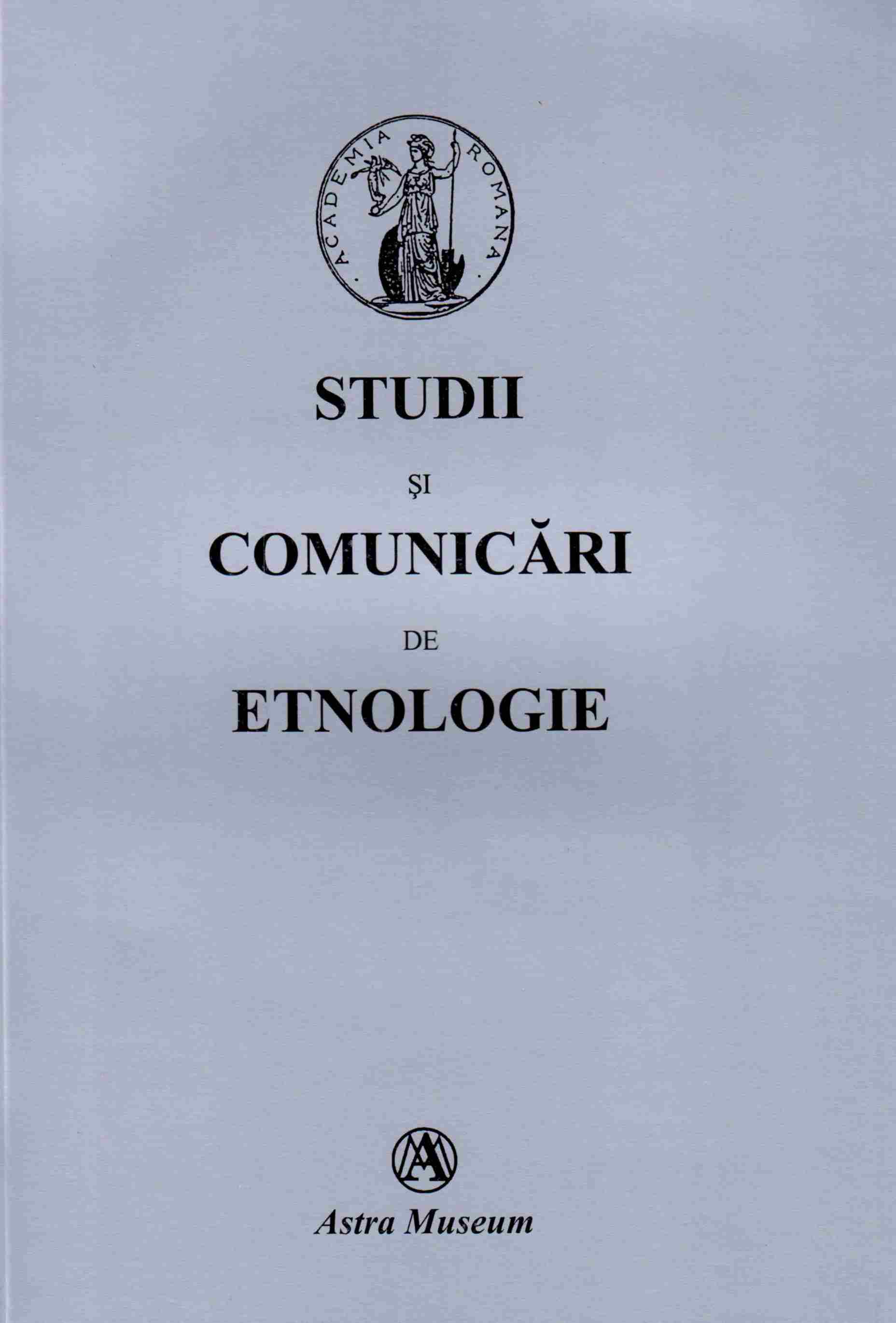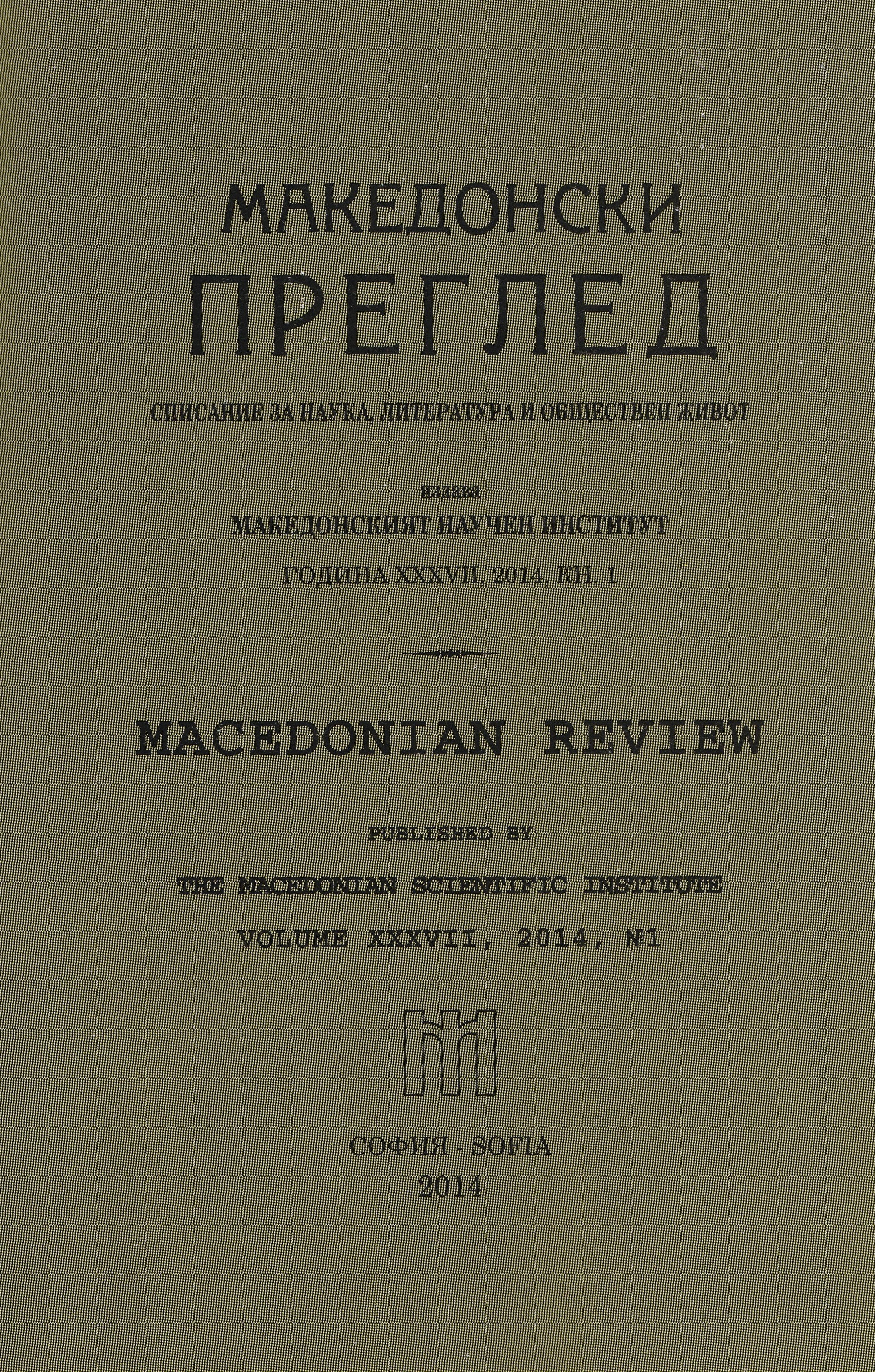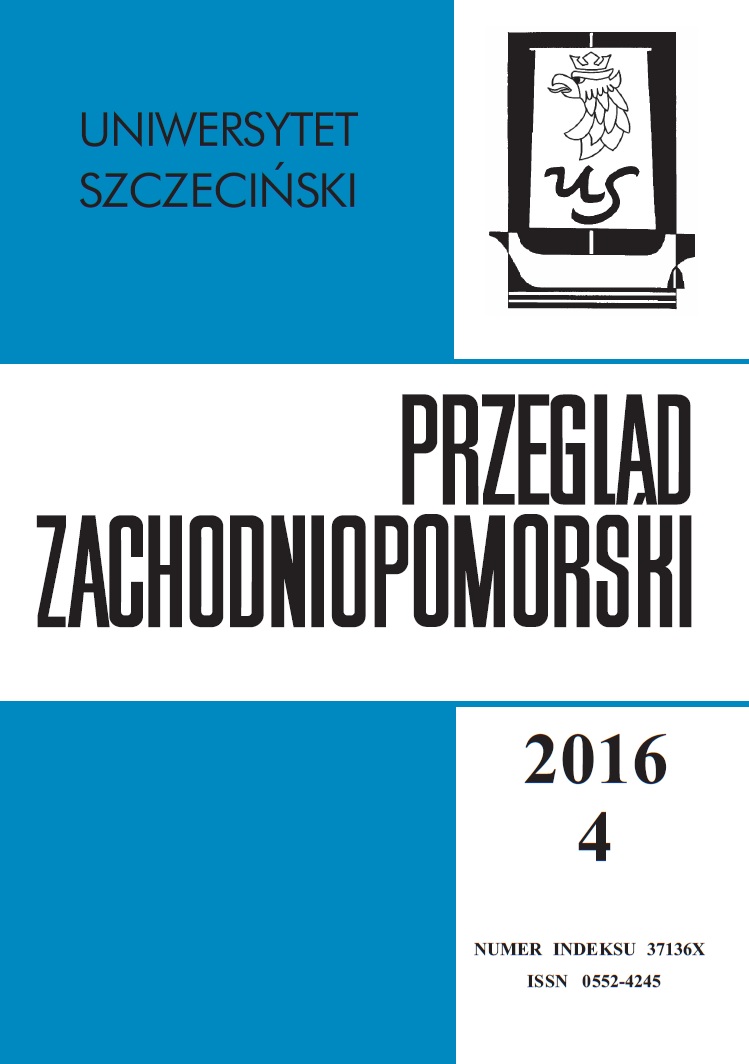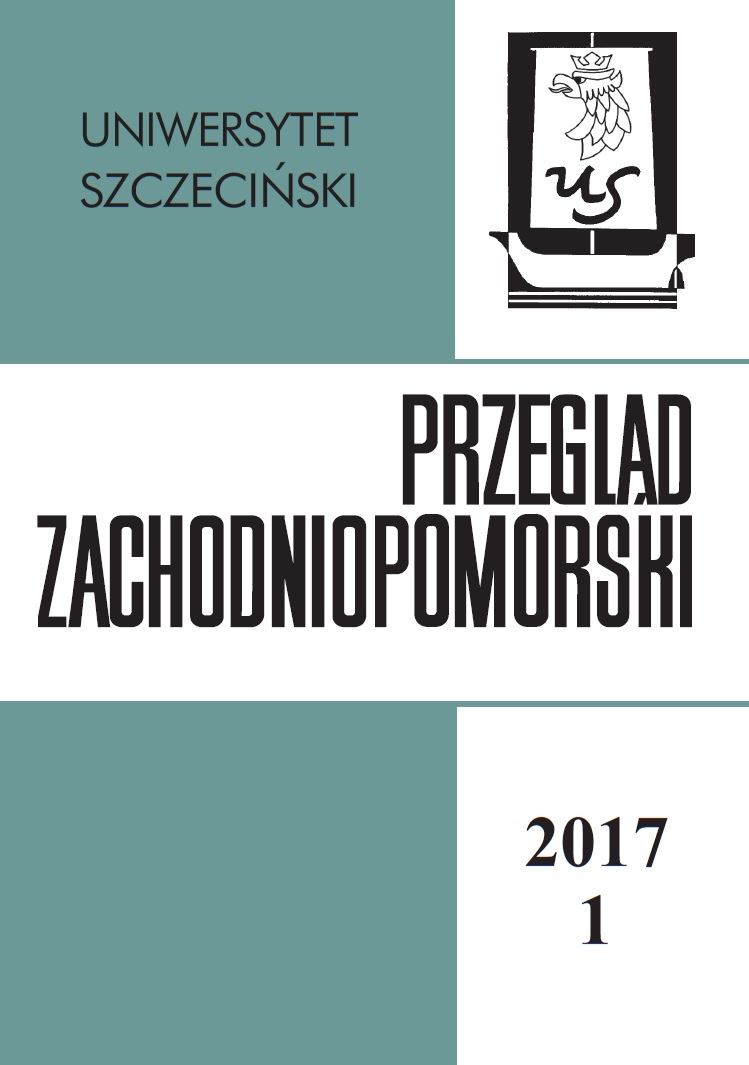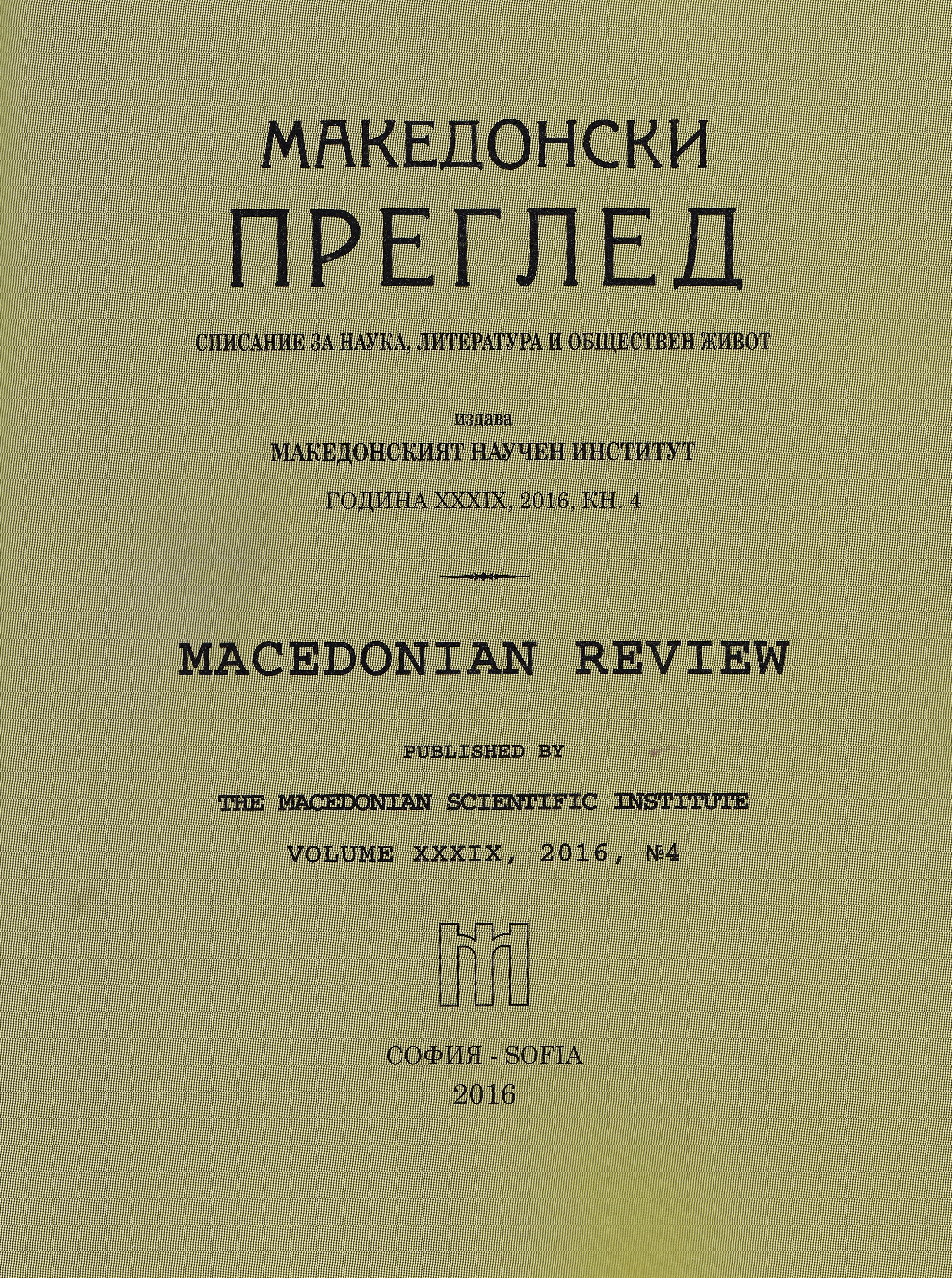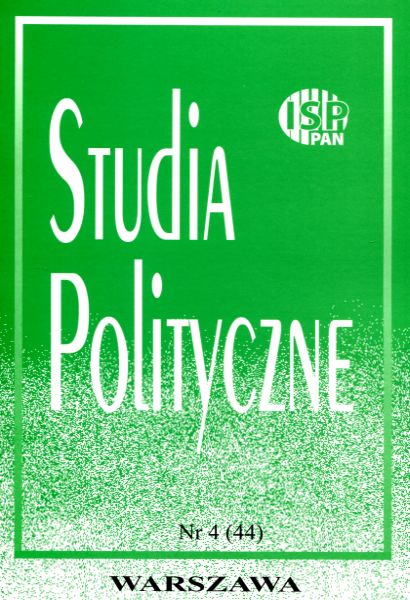
PARTYJNE ELITY SOWIECKIEGO LWOWA 1944–1953. RZECZ O NOWEJ ELICIE STAREGO MIASTA
In autumn 1944, after the re-conquest of Lviv, the Soviet authorities began a process of Sovietization. A key factor in this process was to create the new elite of the big city, who were expected to replace the old elite, seen as ‘inappropriate’ in terms of ethnicity and class. The new elite of the main industrial, cultural and political centre in the post-war Ukrainian Soviet Socialist Republic (USSR), who were inextricably linked with the Communist Party, played a decisive role in a major change of Lviv as an urban organism. The elite members were the bearers of the dominant political system and behaviour, which were often completely foreign to the indigenous inhabitants of the city. They were characterized, as it may seem, by the absolute deference to superiors, passivity and susceptibility to a variety of social pathologies such as alcoholism, abuse of power and finally extensive bribery and institutionalized looting. This article describes some of the most typical cases illustrating the new political landscape of the Soviet Lviv.
More...
